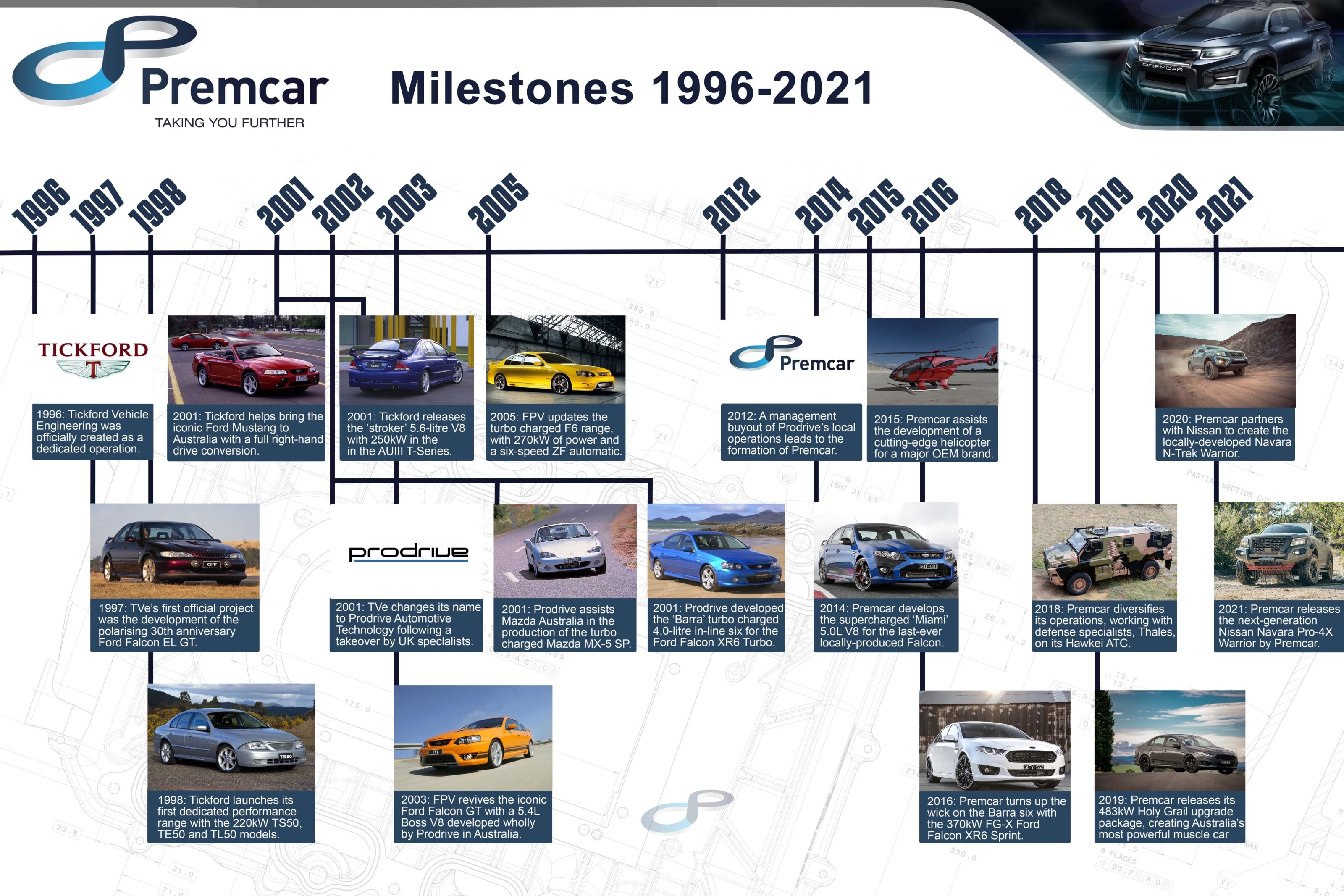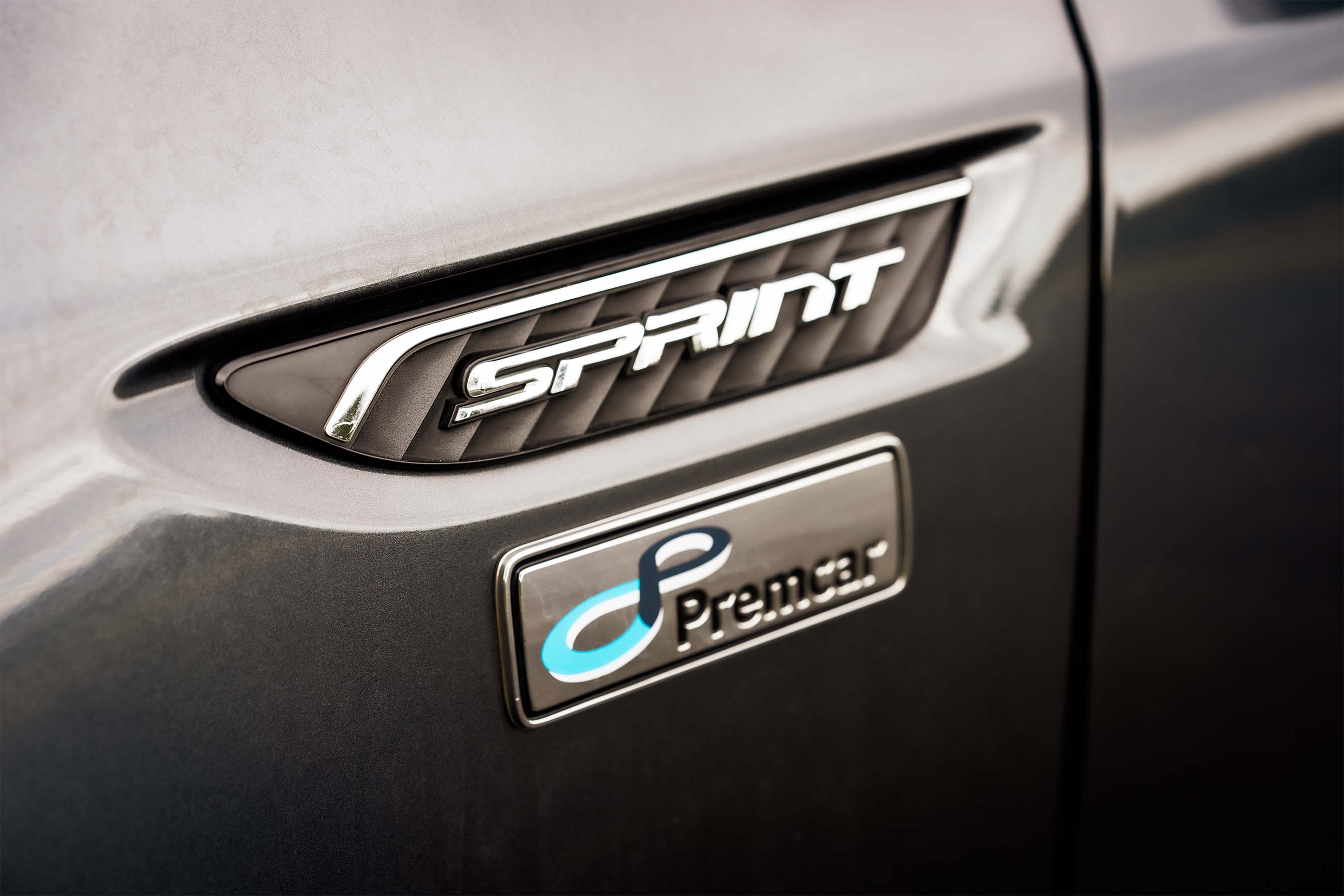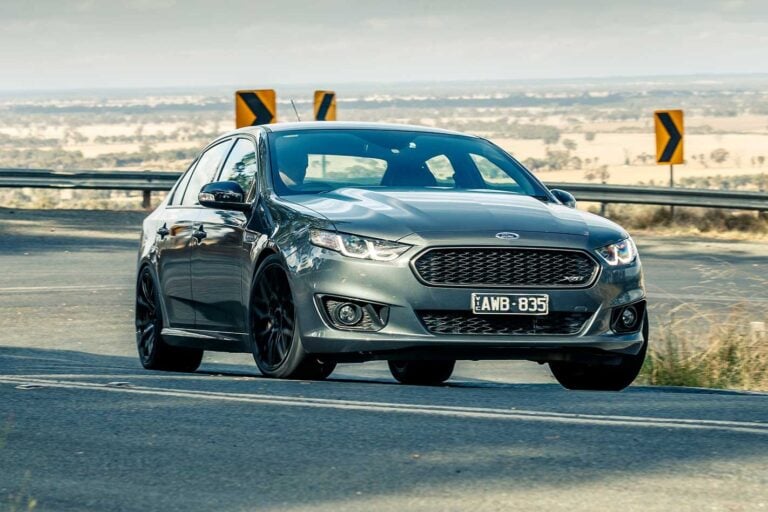The name Premcar may not quite be a household one, but some of its other titles most certainly are.
Tickford, Ford Performance Vehicles, the Holy Grail and Pro 4X are all some of the projects the former Ford in-house tuning operation is best known for.
In the world of performance and manufacturing, the Australian firm has continued to push on even after the closure of local vehicle production, surviving through diversification.
Now celebrating the 25th anniversary of its first model, the Ford Falcon EL GT, Premcar engineering director Bernie Quinn has taken the time to chat with MOTOR about the history of his company – from the early days with the Blue Oval through to more recent projects.
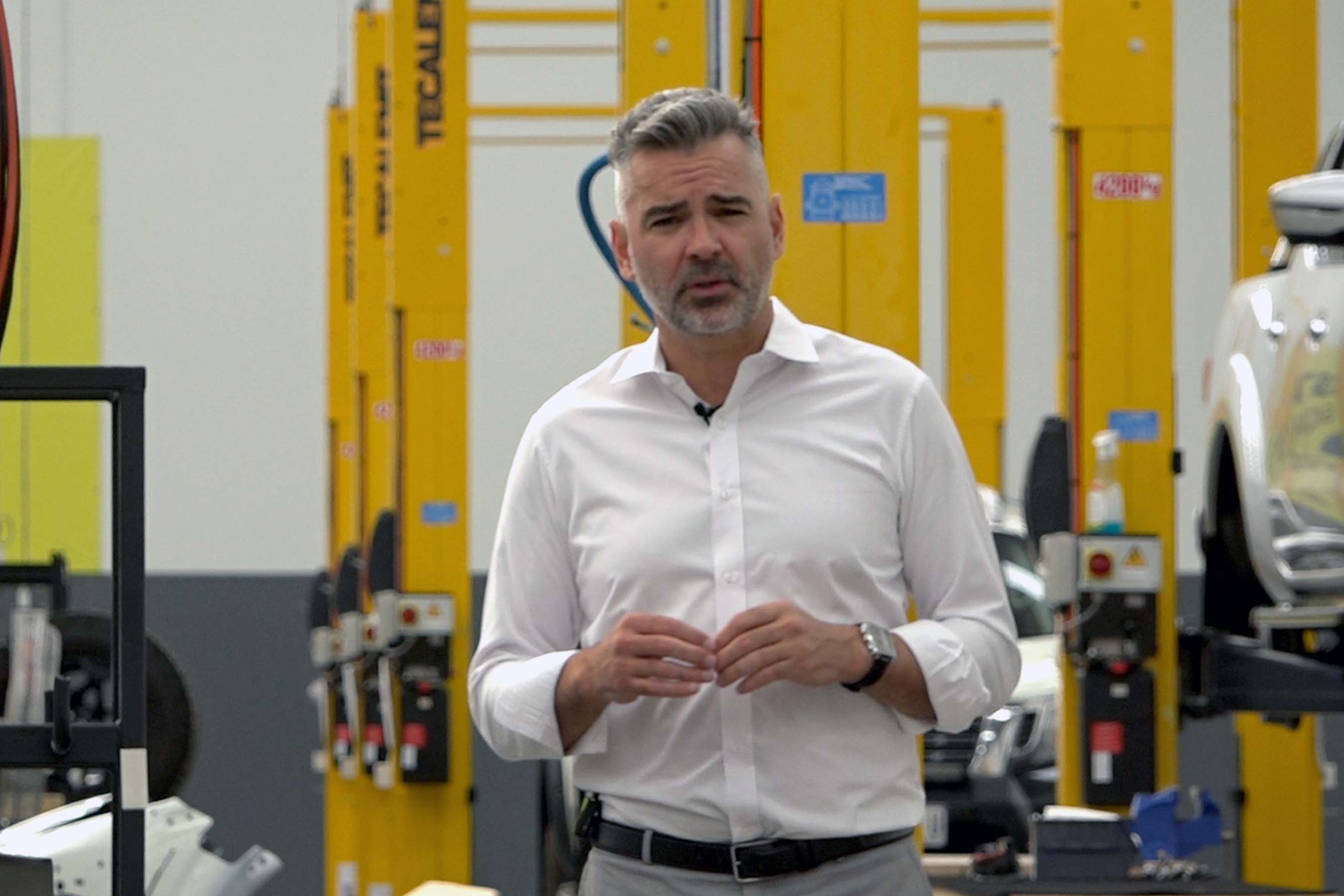
Jordan Mulach: It’s 25 years since the first official Tickford Vehicle Engineering car rolled off the production line, but the name actually has roots going back to the early E-Series Falcons – helping Ford with the first EB XR cars in 1992. How did the Tickford business first come about?
Bernie Quinn: “Tickford came out from the UK and was engaged by Ford to handle all of its niche vehicle development and manufacturing. It’s important to segregate the two from the engineering and development side to the manufacturing side.
“At that point in time, the Ford plant in Broadmeadows was running at full steam, with a maximum capacity of around 100,000 cars a year, building Falcons. The plant didn’t have the capacity to do niche variants such as the sporty models like XR6 or LPG conversions, sunroof installation, wheel and tyre packs – they were all done outside of the factory at Tickford in a secondary environment.
“You can imagine the plant running flat out just to make the mainstream Falcons, LTDs and Fairlanes. Although it was UK owned, the manufacturing side was a fully incorporated business in Australia in 1992.
“The engineering was done still out of the UK business – even though there were engineers in Australia from 1992 to 1996, they were managed by the UK Tickford Vehicle Engineering side.
“The original strategy was to have a majority of the engineering done in the UK, but over time, as it gained momentum and new models came out, it became clear Tickford needed a presence in Australia to keep up with all the work. We had to hire more engineers here to make sure we could fulfil all of these programs.
“The decision was made, and in 1996 Tickford became its own corporate entity in Australia. That’s the difference between 1992 and 1996. From the working team’s point of view, it was all business as usual and a continuation, we didn’t think about it too much in terms of being UK or Australian owned.”

JM: The AU Falcon has developed a “love it or leave it” following, with many believing it to just be a stop gap between the ageing E-Series and upcoming B-Series Falcons. There were some high-performance and limited versions to come from Tickford, were these just to try and fill a hole until the BA came along?
BQ: “David Flint was the big influence on the A Series cars in the business, it was his baby. He had a background with Aston Martin so it was his idea to have bespoke and customised luxurious cruisers with the iron fist in a velvet glove. He would do interesting things like making sure any cast-iron suspension component was painted, as well as clear coating the engine bay – it was about this kind of hand-built approach.
“He had this different idea about what those Tickford vehicles should be and those AU FTE (Ford Tickford Experience) cars, which weren’t necessarily faster than the HSV equivalent, but they were a more cohesive package with some classic styling elements – even though we were working with the AU which wasn’t the prettiest car in base form!
“With the last version of the T-Series, the Stroker models, everyone knew the B-Series was coming and it would have the 5.4-litre Boss V8 engine, nearly 300kW, a fantastic chassis and styling – that was going to be the catalyst or start of the new era for FPV.
“The Stroker was a stop gap – no more sand kicked in our face from HSV, let’s knock them out with this last hurrah for AU. It was an awesome car. The innovation wasn’t just in the engine or the unique Tremec gearbox, but the manufacturing to do a limited run and build them reliably out of the factory was pretty amazing.”
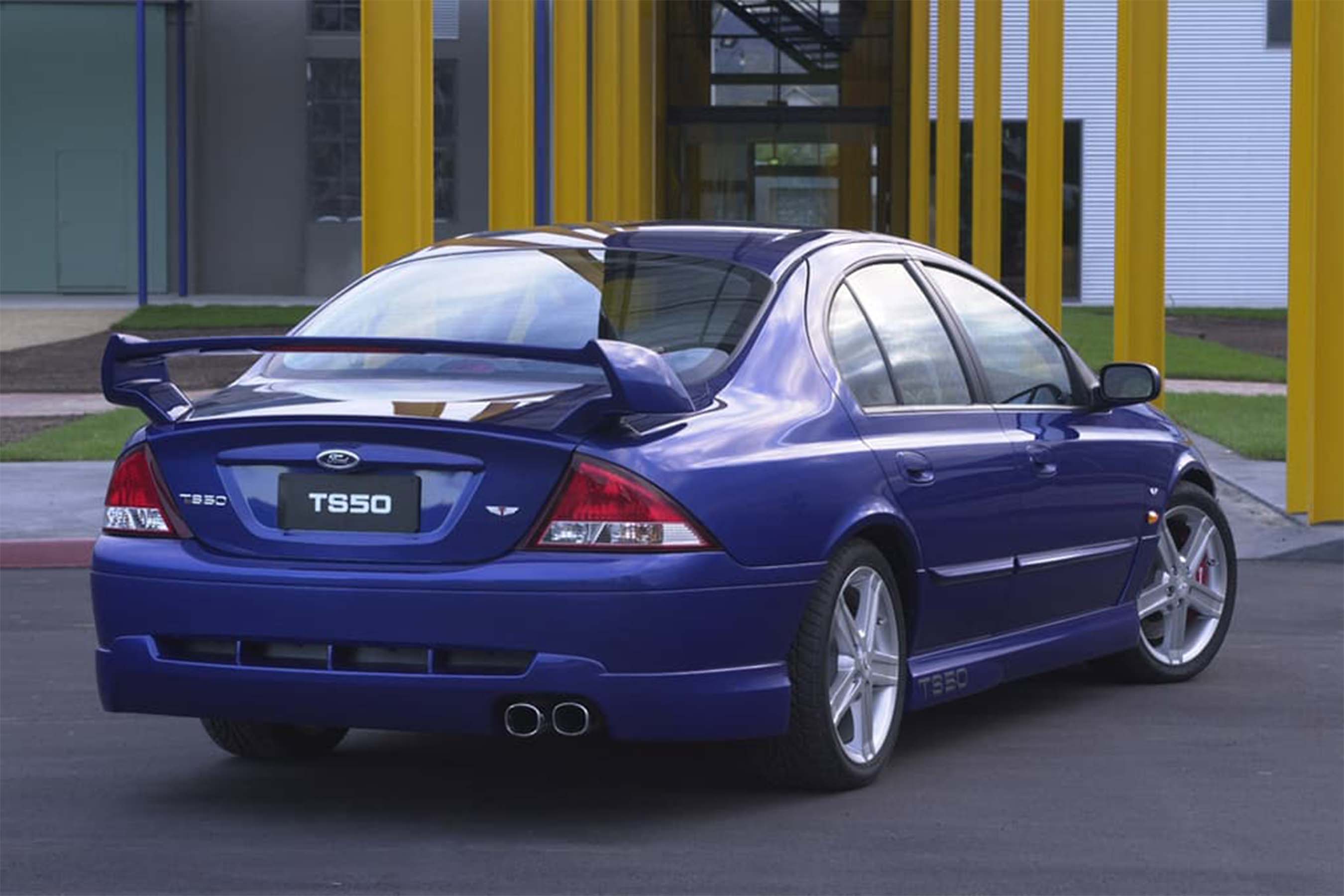
JM: The introduction of the BA saw the 4.0-litre, turbocharged inline six cylinder Barra engine developed to provide an alternative to the new Boss V8 engine. Both developed similar power and torque with a slight weight benefit for the XR6 Turbo. Do you think the 270kW Barra was a better engine than the 290kW Boss?
BQ: “I get asked this a lot – would you have the V8 or the inline six turbo? Especially at the launches I had to tow the political line and give the PR statement. Honestly, day-to-day and week-to-week my opinion would fluctuate. I’d have either the Barra turbo auto or a Boss V8 manual. The transmissions suited each engine.
“When they were launched, I think the V8 was a bit more compromised than the Barra, which just blew us away. The first cars were built in AU bodies and the AU was a much lighter car than the BA, forgoing safety features and with a lighter rear axle compared to the IRS in BA. Those light AUs with Barra turbo motors blew everyone away, we knew we were on to a winner.”

JM: Fast forward to 2016 and Ford shuts up shop in Australia. Yourself and the Premcar team were brought on to give the XR6 Turbo and XR8 a send-off with the limited run Sprint editions. Was it bittersweet to know it was a case of “what might have been”?
BQ: “Bittersweet’s probably the right way to put it. At the time, the joint venture had been dissolved. In 2012, Premcar bought out the Prodrive automotive technology business and then the FPV joint venture finished after that when Ford bought out FPV to just let the brand die.
“Ford still came to us to do the engineering for the GT-F and the XR6 and XR8 Sprints. We were excited to be involved and give them one last hurrah – especially the turbo because it was out last chance to build all the best bits of the Barra motors plus to add in some unique parts into one package, making sure we gave it a fitting send off.
“The difference between the XR6 and F6 versions of that motor was a lower compression ratio in the F6 to feed more boost in but not detonate. That meant it didn’t have the same snappy throttle response as the XR6 Turbo, because when you were off boost, you had a low compression ratio engine. We worked out a way to get a lower intake pressure drop, as well as lowering the back-pressure in the exhaust, make it breathe a bit better and gain more efficiency through parasitic losses.
“However, because it was more efficient, it wasn’t generating the same kind of heat in the combustion chamber – which is the aim, to not over pressurise or over heat the combustion chamber during a combustion event. With the increase, we were able to put the higher compression piston in, but also use the bigger turbo (Garrett GT3582r) in the XR6 Turbo Sprint – plus the larger intercooler to get the snappy response of the XR6 Turbo with the mid-range power of the F6.
“To reduce the intake pressure loss, we had to make a bigger air intake and to fit something in, we had to make interesting shapes with thin walls on the intake duct so we went to carbon fibre. It was the first use of carbon fibre in the production of a Ford anywhere in the world, and the process we used to validate it was used across the globe for all Ford products. Everyone who’s driven them talks about it being their favourite car. I had a G6E Turbo and I have extremely fond memories of it.”
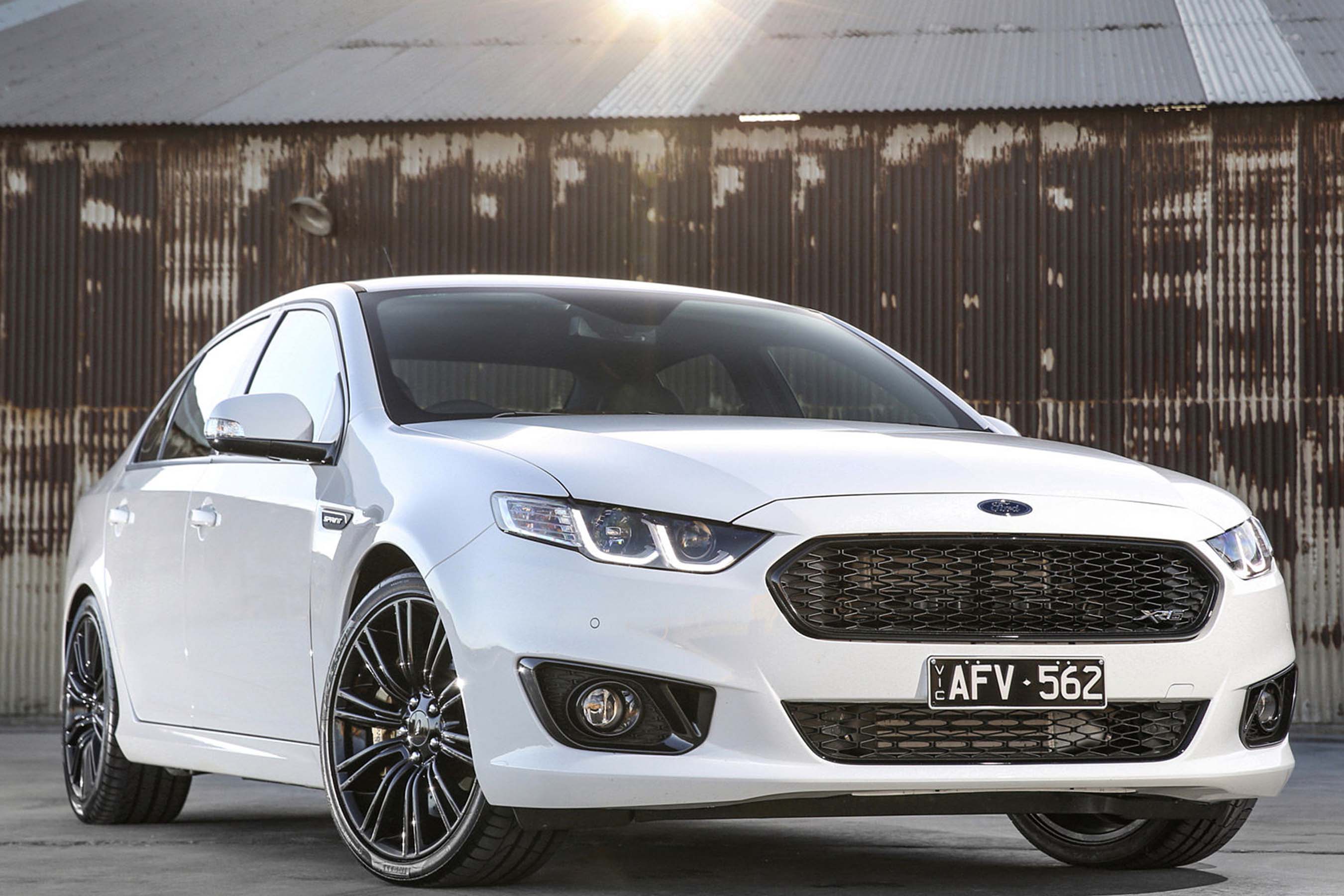
JM: I bet you’re regretting selling it now, looking at used prices…
BQ: “You’ll never forgive me, but I sold it to buy a Toyota 86. I absolutely hated the 86. Overseas media said it was better than the Porsche Cayman or better than sliced bread. I had this idea of making an aftermarket kit for it. Harrop was doing a supercharger for it, we were going to do suspension –so I thought I better get one as a development mule. I bought it and used it as my daily driver.
“The good thing about it is you could thrash it all day every day and it would hardly break the speed limit, but you had to do that because it had the worst torque curve I’ve ever seen in my life. It would start to come up in torque and literally drop off then come back at 5000rpm – you had to wring its neck and it just became tiresome. The rear-wheel steer too…everyone talked about it being agile, but if you were halfway through a corner and adjusted the throttle position, the thing would break out into oversteer.
“It was one of the reasons why we didn’t follow through – it was going to be too difficult and we got distracted with all of these other projects. We talked about it a bit and Harrop ended up making the supercharger for it, but sold that as a standalone package. A mate from Ford gave me his Fiesta ST to drive around the same time and that thing was unreal, it was a fantastic car. I made a mistake with the 86.”
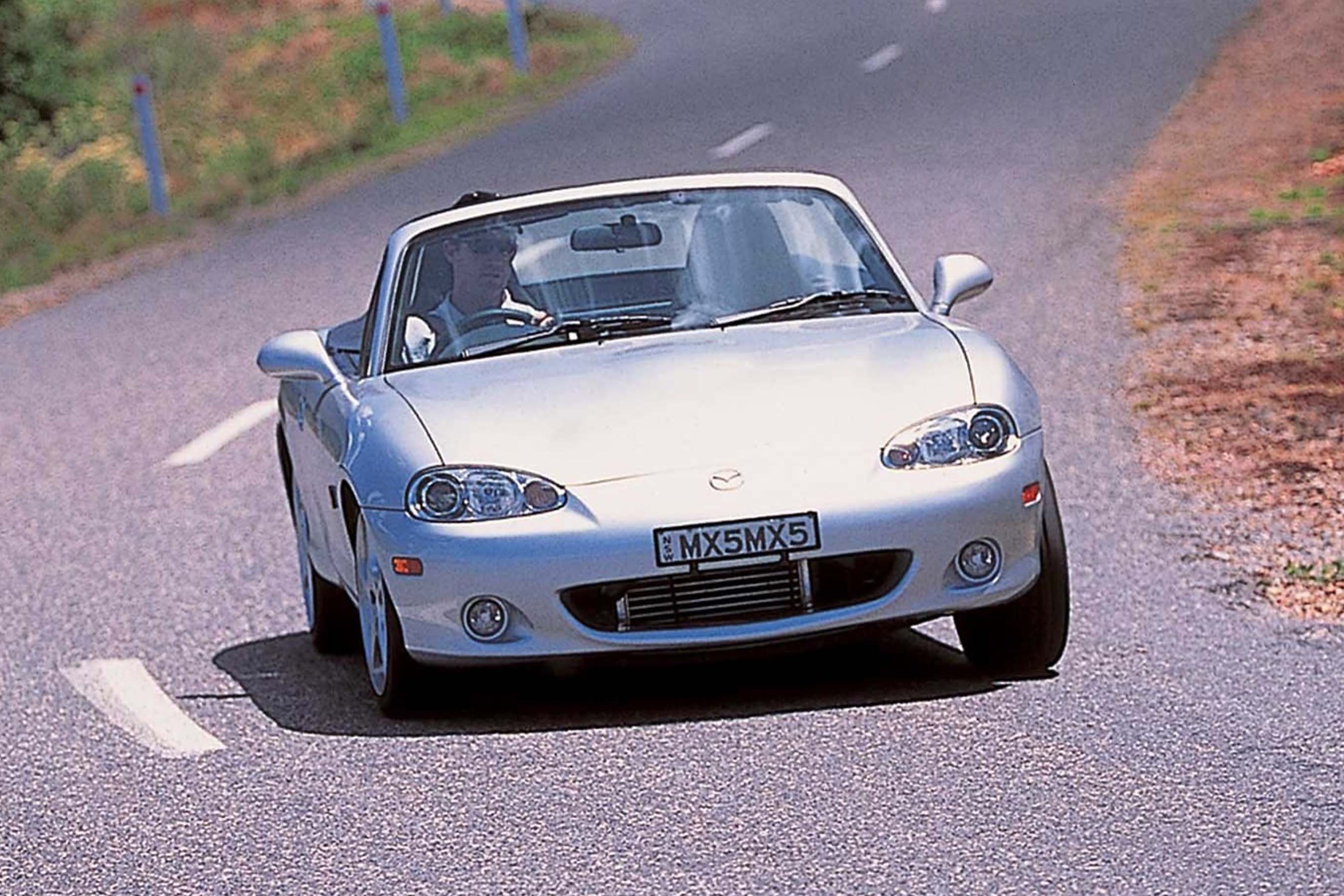
JM: Even though the Ford adventure officially wrapped up with the Sprint cars, the Premcar team seemingly threw everything bar the kitchen sink at the Falcon with its Holy Grail kits. Why was it so important for you to create the ultimate version of the Falcon?
BQ: “The Holy Grail was 100 per cent a passion project. We always wanted to do a kind of ultimate version of the Miami V8 engine and the Falcon – we knew putting new trailing arms in the back with different bushes would help with getting the power down. We knew intercooling the engine would be critical in unlocking its full potential, so we threw everything at it to make that package.
“I’m really rapt that we got it out, we made no money on it – even though it was an expensive package – because of the costs of tooling and engineering all of those parts. It was satisfying to get it into people’s hands so they could see what was possible with the platform and the engine. Everyone who drives one goes ‘holy shit, we didn’t know that car was capable of being that good’.
“I’ve still got one I drive in Targa High Country and it’s the kind of car where you go as hard as you think you can go, the car just taps you on the shoulder and says, ‘you can do a bit better, go harder’. You keep upping the ante on these Targa stages and it’s never failed me. People are always surprised at how capable it is on those types of roads – you’ve got bumps, tight corners, open corners, uphill, downhill. It just pulls like you wouldn’t believe.
“We’ve still got the last Falcon ever sold which has 80 kilometres on the clock. It seems like a waste, but it’s the preserved one. We have cars which we drive in anger.”

JM: After that relationship ended, was there any anxiety about the future of the business?
BQ: “We’ve had plenty of anxious moments and still do to this day, you never get to the point where you think it’s all cool and relaxed. It’s one of the reasons why we’ve diversified with a whole range of companies, I mean, we even did a helicopter project as well in that time frame.
“The idea is to not put all of your eggs in one basket, because that’s when you put yourself at the highest risk of factors outside your control. The relationships are all about de-risking the business as much as possible. I’d be lying if I said it was relaxing!”
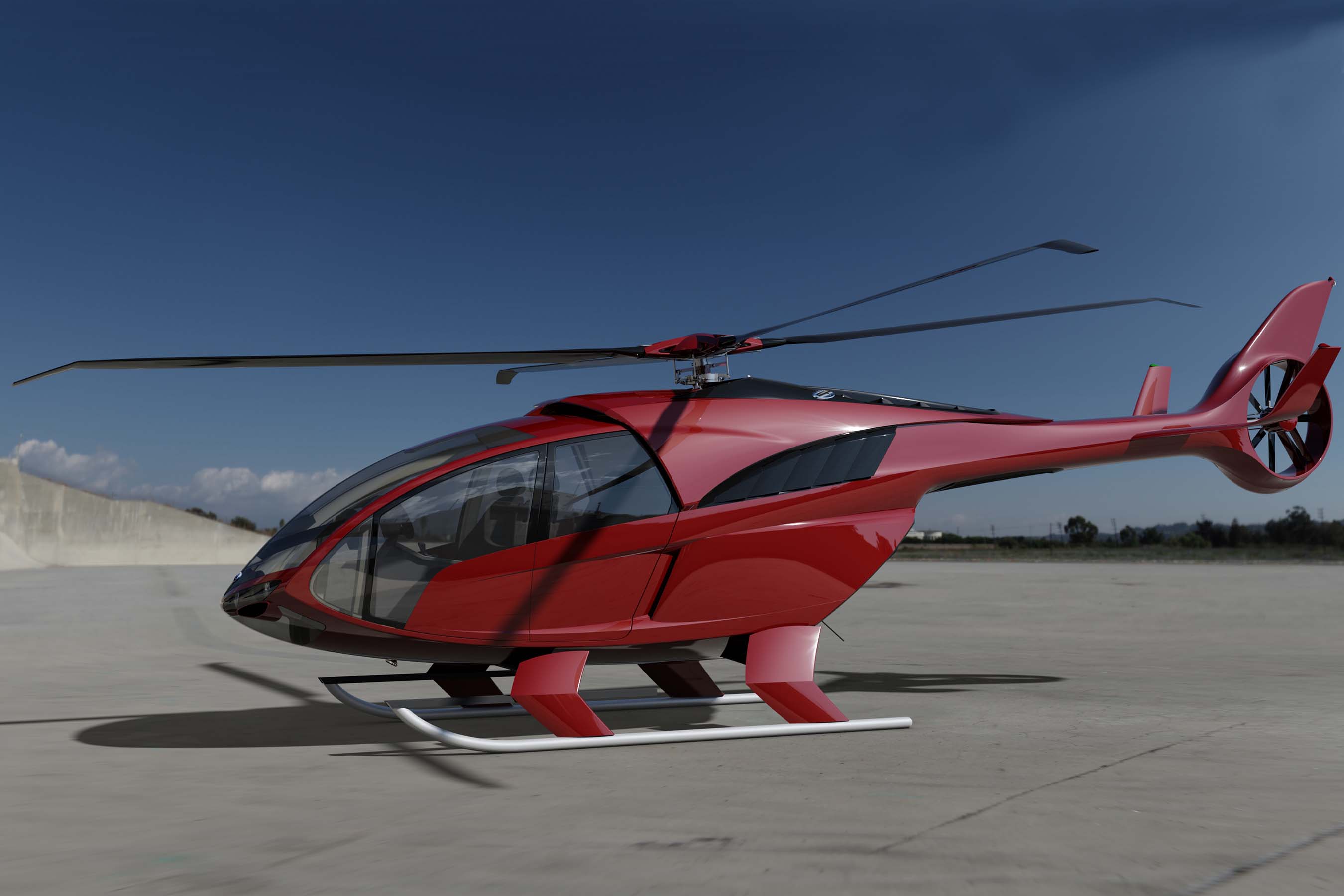
JM: So what now for Premcar? In addition to the Nissan Navara PRO-4X Warrior, are there any other OEM projects the team is working on?
BQ: “You’ll see more stuff from us. Some we’ll be public with, some we won’t be, but there’s plenty happening. We are becoming the experts in the 4×4 dual-cab space, which means there will be more coming in that area of the market, but we’re also doing more work with EVs.
“It’s the new way forward, we’ve actually just completed a project with a Chinese manufacturer to do front and rear suspension plus driveline modules. There are special considerations – you have to keep in mind fundamentals like an internal combustion engine being mounted into a subframe, you need frequency of separation to not get coupling between multiple systems – which creates buzzing, NVH etc.
“With an ICE, you’re usually working between 0-700Hz with the frequencies coming from the engine, but with an electric motor, it’s much higher. Your isolation strategies have to be different because of the way the torque is delivered compared to an ICE, meaning different motor mounts to cope with the surge of torque.
“Braking systems on EVs are a bit more complicated, partially due to their large mass, but you need to integrate that with the regenerative braking from the electric motor. We’ve had to adapt our skills to that, we’ve been doing it for a while now and I think we’re in a really good position to capture more of that work from car companies.”
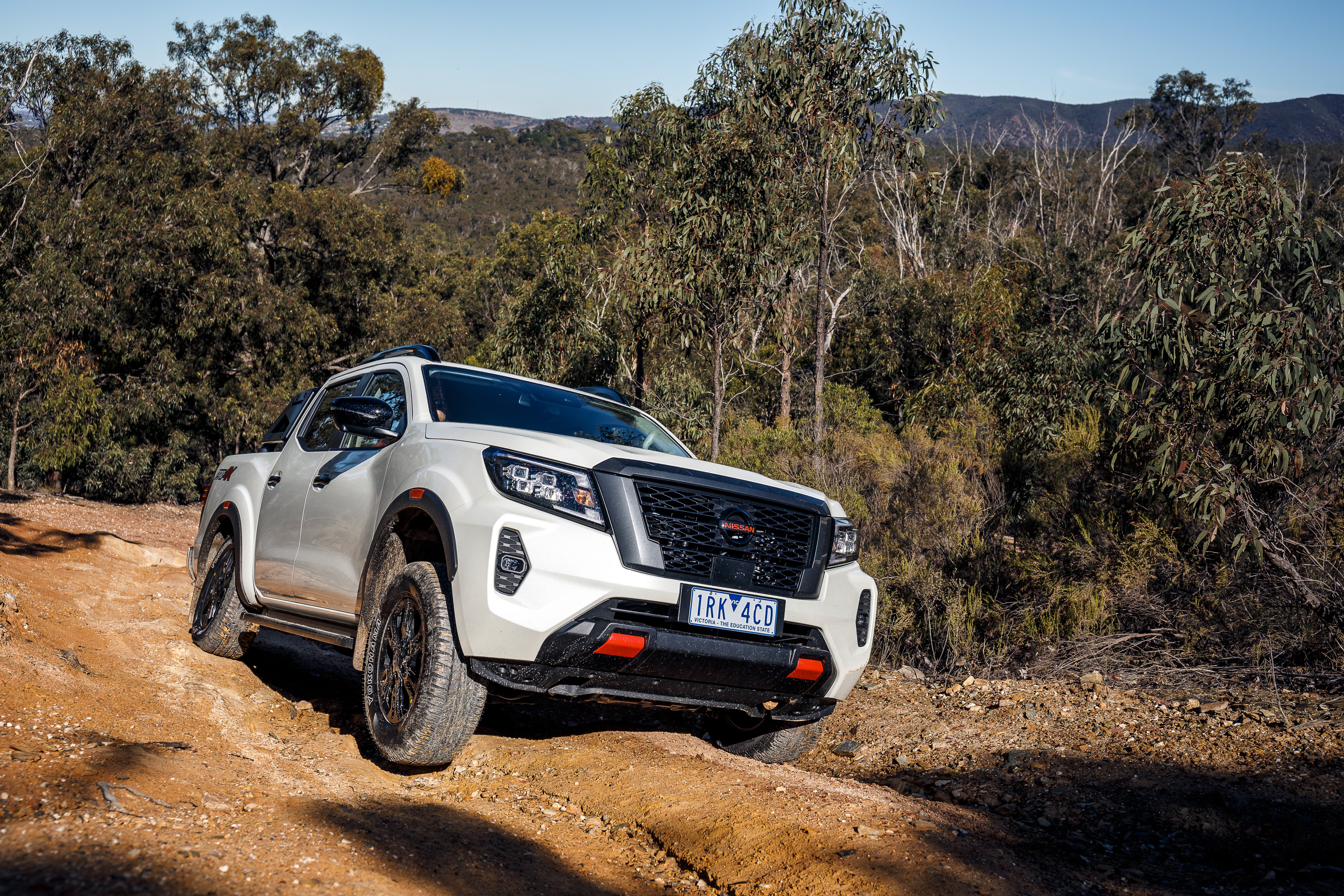
JM: Say for some reason Premcar is dissolved tomorrow and you can never work in the industry again. What’s the car you look back on and think, “that’s my legacy”?
BQ: I think the Holy Grail is the culmination of our best capabilities in one package, but there’s only a few of them out there – so it doesn’t have that spread. Then you say the Barra turbo was extremely popular, there’s thousands of them out there which means it’s a successful program – of which we were a key part. Maybe BF F6 auto would be my pick. However, the current stuff is an example of how we’ve been able to diversify and adapt with the modern times.
